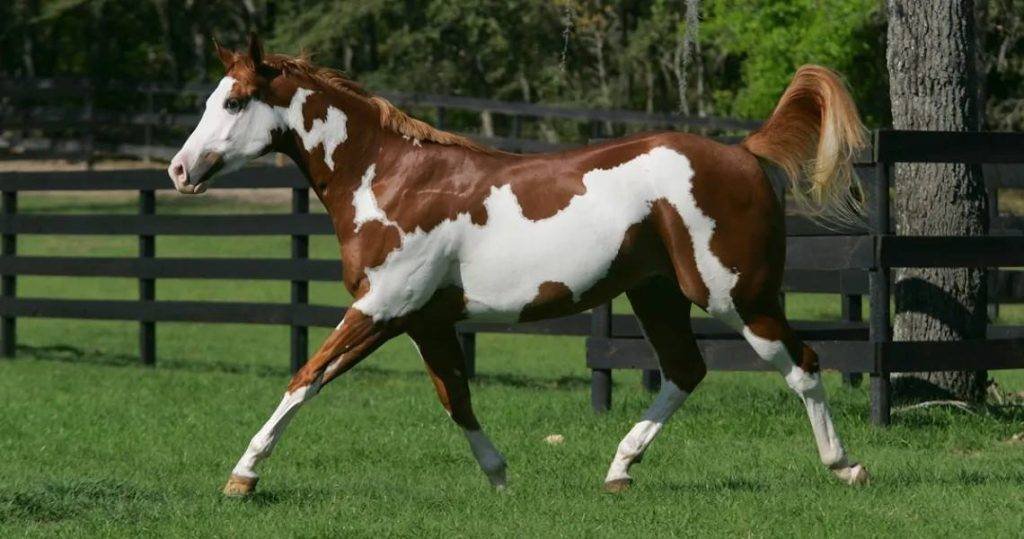Horses have captivated humans for centuries—not just because of their beauty or power, but also because of their intelligence, instincts, and social nature.
To truly connect with a horse, you must first understand how it thinks, reacts, and interacts with its environment and companions. Whether you’re a rider, owner, or simply a horse lover, learning about equine behavior opens the door to a deeper and more respectful relationship.
The Prey Animal Mindset
At their core, horses are prey animals. In the wild, survival meant avoiding predators. As a result, horses developed a highly tuned fight-or-flight response—and more often than not, they choose flight.
When faced with something unfamiliar or threatening, a horse’s first instinct is to startle and flee. This reaction can happen in an instant, which is why understanding and anticipating a horse’s behavior is so crucial for handlers. However, horses aren’t mindless in their fear. They’re also highly curious animals. Often, they will pause for a split second to assess what startled them—if it doesn’t seem truly dangerous, they may investigate instead of running.
Natural Alertness and Breeding Influence
Most modern light horse breeds—such as Arabians, Thoroughbreds, and Quarter Horses—were selectively bred for speed, agility, alertness, and endurance. These qualities made them perfect partners for riding, racing, and herding. These traits also mean that many horses remain quick to react, sensitive to their surroundings, and in need of confident, calm handling.
On the other hand, draft horse breeds, which were bred for strength and pulling power, are generally more docile. Breeds like the Clydesdale or Percheron tend to be calmer and more tolerant, making them easier to manage in busy or noisy environments. This variation in temperament is important to consider when choosing a horse for specific tasks or riders.
Herd Life and Social Hierarchy
In the wild, horses thrive in herds, which provide safety and structure. Herds have a clear hierarchy, often led by a dominant mare who guides the group to water, food, and shelter. Within this system, horses learn social cues, body language, and cooperative behavior from a young age.
Even domesticated horses retain this instinctual understanding of rank and order. You’ll often observe dominant behaviors like nudging, pinning ears, or chasing in groups of horses—these are ways they assert their place within the hierarchy. Sometimes, horses may even engage in physical fighting to resolve disputes, especially when competing for food or space.
Understanding herd dynamics is essential when managing multiple horses, as it helps reduce conflict and stress by respecting their need for space and order.
Horses as Social Creatures
Horses are deeply social animals. They form strong bonds with other horses and, given the right environment, can also develop strong attachments to humans and even other animals like dogs or goats. They communicate using a rich blend of body language, facial expressions, and vocalizations.
You might hear a horse whinny or nicker when greeting a friend or see them mutually grooming one another—a behavior that strengthens bonds within the herd. These same instincts are why horses often become anxious or difficult to manage when they are isolated from their herd or companions.
However, with proper training and trust-building, horses can learn to view humans as companions. A horse that sees you as part of its “herd” will feel more secure in unfamiliar situations, such as trail rides, travel, or competitions.
The Importance of Stimulation and Social Needs
Because horses are social and intelligent, they require mental and physical stimulation. A horse confined for long periods, with little social contact or movement, can become frustrated, anxious, or bored. This often results in what are known as stable vices—undesirable behaviors that develop from stress or lack of stimulation.
Common stable vices include:
- Weaving – Swaying or shifting weight repeatedly, often due to anxiety.
- Cribbing – Biting and sucking air from wood surfaces.
- Wood chewing – Gnawing on stall walls or fences.
- Wall kicking – A sign of frustration or attention-seeking behavior.
These habits are often hard to reverse once they form, so prevention is key. Providing ample turnout time, companionship, and enrichment (like toys or varied feeding strategies) can make a significant difference in a horse’s mental well-being.
Reading a Horse’s Emotions
Part of responsible horsemanship is learning to read a horse’s emotions and intentions. A flicking tail, pinned ears, or widened eyes are clear indicators of a horse’s mood. Likewise, a relaxed jaw, soft eyes, and forward-pointing ears usually signal contentment and curiosity.
By observing these signs, handlers can better anticipate reactions, build trust, and avoid misunderstandings that could lead to injury or stress for both horse and human.
Final Thoughts
Horses are not just animals of muscle and motion—they are intelligent, emotionally responsive beings shaped by millions of years of evolution and centuries of partnership with humans. From their flight instincts to their social bonds and their need for mental engagement, understanding horse behavior is essential for anyone who works with or simply loves these magnificent creatures.
By respecting their nature, nurturing their instincts, and providing the companionship they crave, we don’t just train better horses—we build lasting, meaningful relationships based on trust and understanding.




